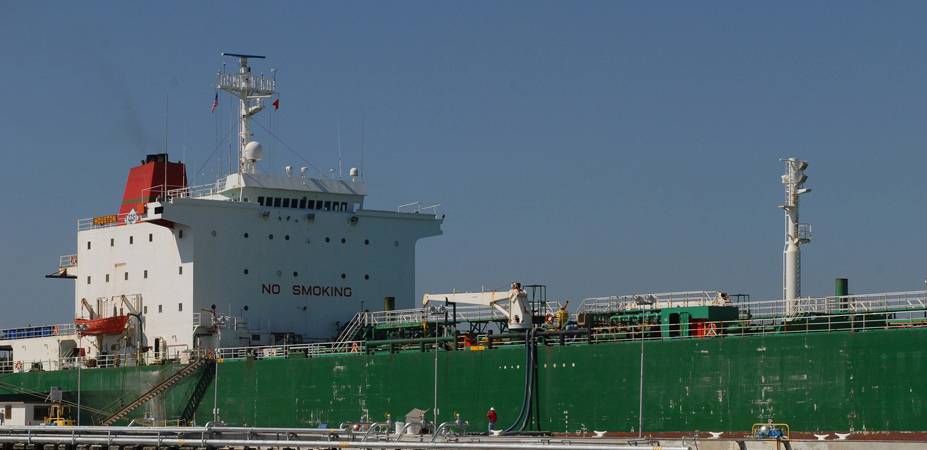
We have written extensively about Emission Control Areas (ECAs) and their impact on LNG as a marine fuel. The International Maritime Organization (IMO) set up regulations that require all vessels traveling within ECAs to adhere to fuel standards which set a maximum amount of sulfur content. Additionally, the IMO set up regulations, though less stringent, regarding fuel standards for vessels traveling outside of ECAs.
China has now established their own regulations regarding the sulfur content of marine fuels. China has passed ECA-like regulations impacting the ports of Beijing, Shanghai, and the Pearl River Delta. There are many reasons why China would want to self-regulate marine fuel standards and three possible reasons are as followed: First, the Chinese government is using this as a way to address pollution. Second, to standardize fuel regulations for ships that often travel to Chinese ports and through official ECAs. Third, as indicated by the possibility of establishing an official ECA in the future, as a way to closer align Chinese regulations with other developed nations in Europe and North America, which may garner more respect from the international community. Figure 1 shows current and possible ECAs with the red dots representing the ports where the ECA-like Chinese regulations are taking effect.
The sulfur content limit is set at 0.5% and is currently only near the ports themselves. However, by 2019 the aim is to expand their own ECA-like regulations to the areas surrounding the ports. It is also possible that by 2020 the sulfur content limit may be reduced to 0.1% or a formal ECA may be established through the IMO. Figure 2 shows a comparison of ECA fuel requirements versus Chinese fuel requirements.
Although the regulations are only impacting the area near the ports and are not as expansive as an ECA would be, tougher marine fuel sulfur content regulations remain a strong driver for LNG use as a marine fuel. We have also written about small-scale LNG infrastructure and detailed that most of China’s small-scale LNG capacity would likely be directed towards use as a marine fuel. The establishment of these ECA-like regulations further support expansions of small-scale LNG in China. We have covered small-scale LNG liquefaction and end-uses as a part of our Gas Monetization Advisory research service. Please contact us to learn more.
-Tyler Wilson and Uday Turaga





















